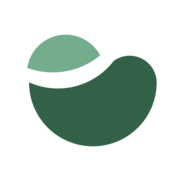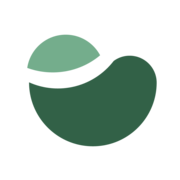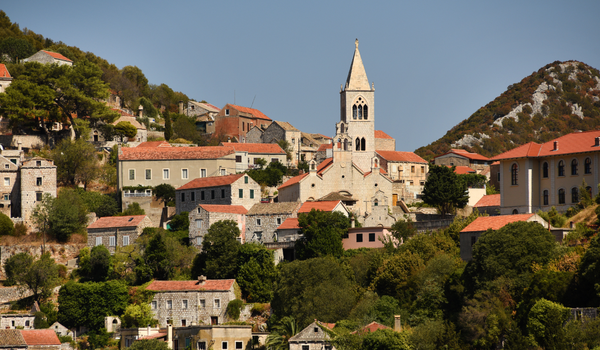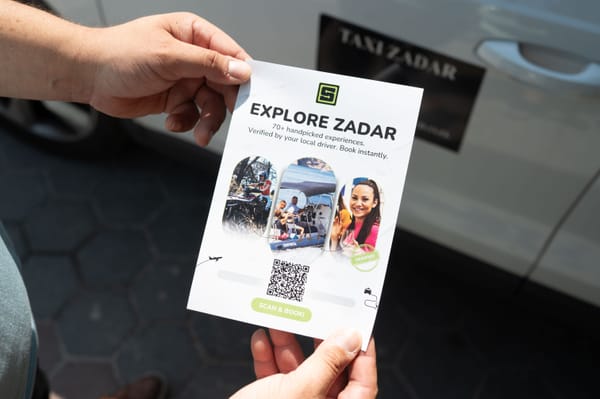The ultimate guide to wine tasting in Croatia: Discovering the gems of Dalmatia and Istria
With centuries-old winemaking traditions, indigenous grape varieties, and diverse landscapes, Croatia offers a unique wine-tasting experience that rivals more famous wine regions.

Croatia, known for its stunning Adriatic coastline and rich cultural heritage, is also home to an exceptional wine scene. With centuries-old winemaking traditions, indigenous grape varieties, and diverse landscapes, Croatia offers a unique wine-tasting experience that rivals more famous wine regions. In this guide, we’ll take you on a journey through two important wine regions in Croatia: Dalmatia and Istria. These regions share a deep connection to the land and are renowned for producing wines that reflect the country’s ancient vinous heritage and Mediterranean influences.

Wine tasting in Dalmatia: a Mediterranean paradise of sun-kissed vineyards
Dalmatia is a coastal region defined by its limestone hills, rocky soils, and abundant sunshine—an ideal environment for growing Mediterranean grape varieties. The region boasts more than 300 sunny days a year, creating perfect conditions for producing robust reds and elegant whites. Dalmatia’s winemaking history dates back to the time of the ancient Greeks and Romans, who first recognized the region’s potential for viticulture.
Zadar: a fusion of tradition and innovation
Zadar County, with its sun-drenched vineyards and rocky soils, is a treasure trove of indigenous grape varieties that tell the story of the region’s rich winemaking heritage. Here, tradition and terroir intertwine to produce wines that are uniquely Dalmatian.

Plavina and Debit are among the most widely planted local varieties. These grapes have been cultivated in the region for centuries, deeply embedded in the local culture. Plavina, a red variety, is known for producing light, easy-drinking wines that reflect the fruit-forward nature of the Mediterranean climate. Debit, on the other hand, is a white grape that yields crisp, refreshing wines with subtle floral and citrus aromas, often enjoyed as a perfect companion to the region’s seafood.

You can try Plavina as well as other indigenous and well-known wines at Fiolić Family Winery!
Another star of the region is Maraština, an ancient white grape variety cherished for its versatility and ability to express the terroir of Dalmatia. Maraština wines are typically aromatic, with notes of stone fruit, citrus, and Mediterranean herbs. They are well-balanced, with a pleasant acidity that makes them an excellent match for a variety of dishes, from fresh seafood to richer, more complex Mediterranean cuisine.

Great Maraština can be found in Degarra Winery.
You can try great quality wine all over the Zadar region, in locations by the seaside such as Petrčane, or small rural towns like Nadin or Smilčić.

These varieties, deeply rooted in the soil and culture of Zadar County, showcase the region’s dedication to preserving its vinous heritage while continuously striving to produce wines that reflect the unique character of the land.
Šibenik: The heartland of Babić and coastal wines

As you head south from Zadar, you’ll reach Šibenik, another jewel of Dalmatian wine culture. This region is home to the Babić grape, one of Dalmatia’s most famous indigenous red varieties. Grown primarily in the rocky vineyards of Primošten, Babić produces dark, concentrated wines with strong tannins and flavors of black fruit, herbs, and earthy minerality. The harsh, stone-laden soils force the grapevines to struggle, resulting in wines that are intensely flavorful and complex.
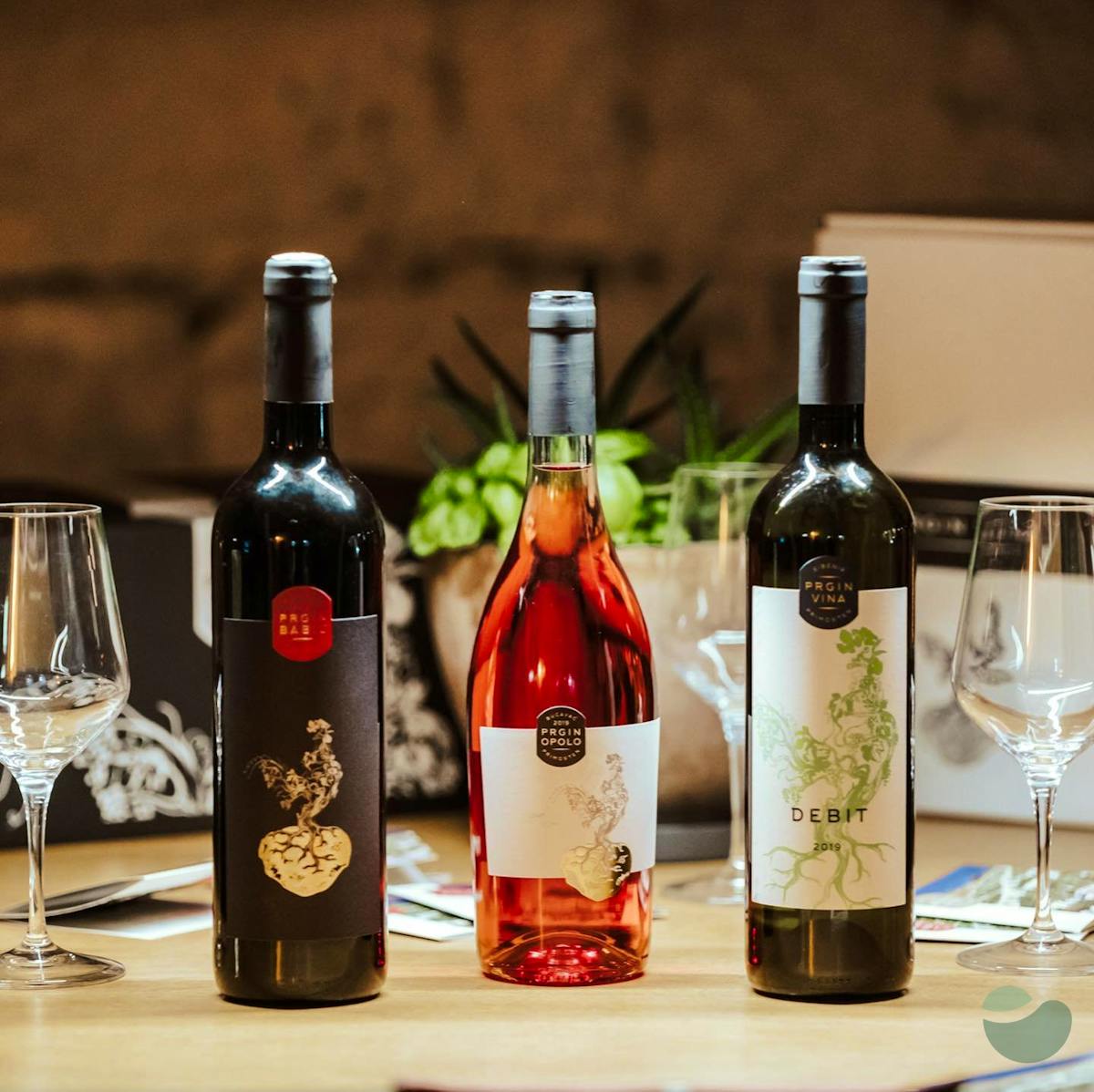
Prgin Winery is the perfect place to visit if you want to try great indigenous Babić!
Next is the Lasina grape which stands out as a gem of the Šibenik region. Lasina is an ancient, autochthonous variety believed to have originated in the Drniš and Skradin areas. This grape produces wines that are medium to full-bodied, characterized by a harmonious balance of flavors. The wines exhibit a beautiful ruby hue, with a profile that is both rich and nuanced.

Great Lasina can be found at Ante Sladić Vino!
You’ll notice a delightful bouquet of cherries and raspberries, complemented by subtle notes of spring wildflowers. Lasina wines are versatile, making them a great pairing with hearty meat dishes and blue fish, best served at room temperature to fully appreciate their depth and complexity.

Another standout from the Šibenik area is also Debit, a local white grape variety that creates fresh, aromatic wines with notes of citrus, flowers, and stone fruits. This versatile white wine is gaining popularity, especially as winemakers in the region focus on showcasing the unique qualities of this grape through modern winemaking techniques, such as cold fermentation, which preserves its bright, fresh aromas.

The vineyards around Šibenik also benefit from a unique coastal microclimate, where the cooling sea breezes and warm sunlight create perfect conditions for viticulture. This is a region where the wine-tasting experience often extends beyond just the glass, with many vineyards offering tastings in stunning settings surrounded by olive groves, lavender fields, and views of the Adriatic Sea.
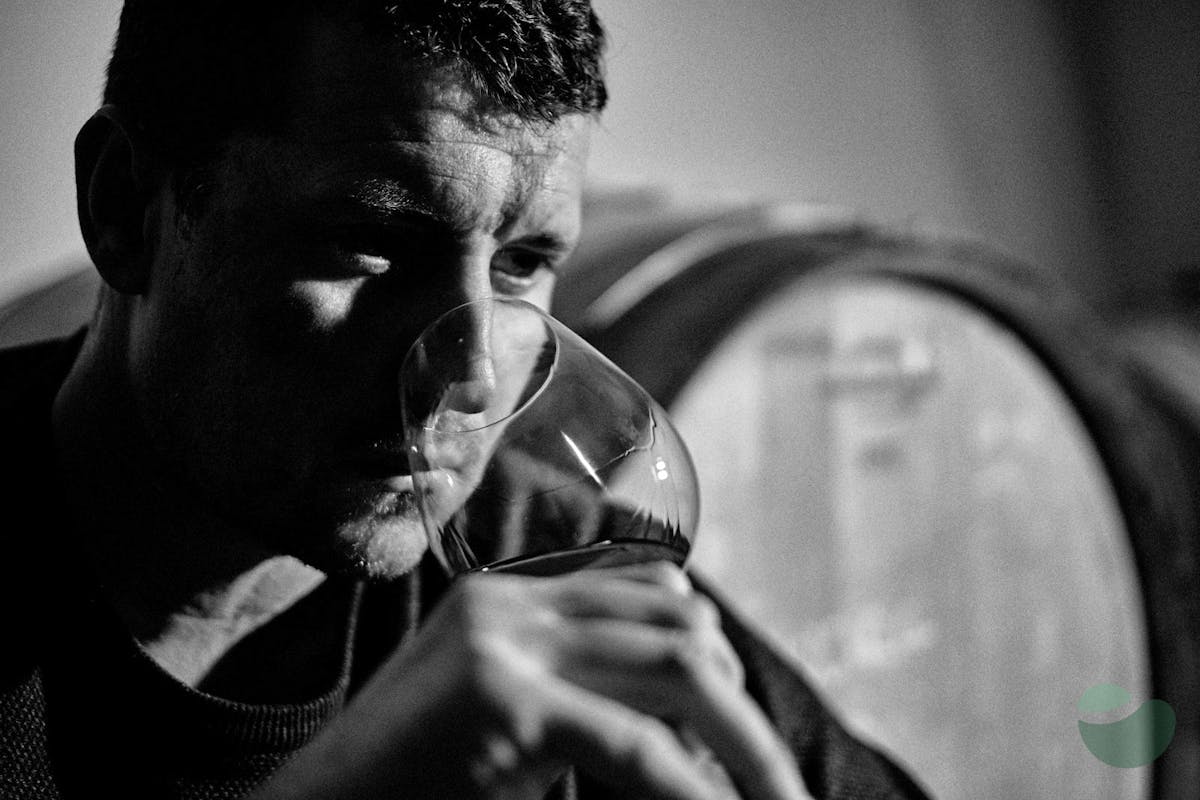

Dubrovnik and the Pelješac peninsula: The home of legendary reds
While Dubrovnik is famous for its medieval walls and Game of Thrones allure, the surrounding area is also known for its exceptional wines. The Pelješac Peninsula, located just north of Dubrovnik, is the epicenter of Dalmatian winemaking, particularly for Plavac Mali. The steep vineyards of Dingač and Postup—two of the peninsula’s most famous wine-growing areas—produce some of Croatia’s most celebrated wines.

The Dingač appellation, with its terraced vineyards facing the sun-drenched Adriatic, produces powerful red wines with intense aromas of black cherry, plum, and a distinctive note of Mediterranean herbs like rosemary and sage. These wines are aged in oak barrels, adding layers of complexity with flavors of vanilla, smoke, and spice. Due to the challenging growing conditions, Dingač wines are produced in small quantities, making them a prized possession for collectors and wine enthusiasts alike.

Embark on a journey and explore Dingač, Postup and other indigenous wine varieties!
Pelješac is also known for its Pošip, a white wine originally from the island of Korčula but now widely grown on the peninsula. Pošip is a full-bodied, aromatic white wine with notes of apricot, honey, and almonds. It pairs wonderfully with the fresh oysters and seafood for which the nearby town of Ston is famous.

Istria: The Tuscany of Croatia
Moving to the north of the country, Istria is often compared to Tuscany for its rolling hills, picturesque villages, and olive groves. However, Istria has its own distinct identity when it comes to wine.

The region’s proximity to the Adriatic Sea and its unique combination of red and white soils create ideal conditions for growing both white and red grape varieties. Istria is especially renowned for its Malvasia Istriana and Teran grapes, both of which have been cultivated here for centuries.

In case you want to try delicious Malvasia and Teran, visit Fakin Wines!
Malvasia: The Star of Istrian Whites
Malvasia Istriana is the flagship white grape of Istria, known for producing crisp, elegant wines with notes of citrus, green apples, and Mediterranean herbs. This grape thrives in Istria’s limestone-rich soils and benefits from the cooling breezes of the Adriatic, which help preserve its natural acidity. Malvasia wines are incredibly versatile and are often enjoyed as an aperitif or paired with Istrian seafood, truffles, and fresh cheeses.

The production of Malvasia is steeped in tradition, but modern winemakers are experimenting with new techniques, such as aging the wine on its lees (dead yeast cells) to add more texture and complexity. Some producers are even creating "orange wines" by fermenting Malvasia with extended skin contact, a method that gives the wine a deeper color and more robust flavor profile.
Teran: A Bold Red with a Rich History
For red wine lovers, Teran is Istria’s most famous indigenous red variety. Known for its deep ruby color, high acidity, and pronounced tannins, Teran produces bold, earthy wines with flavors of blackberries, plums, and spices. Historically, Teran was prized for its medicinal qualities and was often referred to as the “blood of Istria.” Today, Teran is enjoying a resurgence as winemakers refine their techniques to create more balanced, elegant expressions of this robust grape.

Teran’s naturally high acidity makes it an excellent food wine, pairing well with Istria’s hearty cuisine, including slow-cooked meats, game, and dishes featuring the region’s famous truffles. In recent years, Istrian winemakers have also begun blending Teran with other varieties, such as Cabernet Sauvignon and Merlot, to create more approachable wines that still retain the grape’s unique character.
Wine Routes and Tasting Experiences in Istria

Istria’s wine routes are some of the most scenic in Croatia, winding through medieval hilltop towns like Motovun and Grožnjan, where you can visit family-run wineries and taste wines in charming, rustic settings. Many of these wineries are located in traditional stone houses, with tastings often accompanied by local specialties such as prosciutto, olive oil, and truffles. You can also find great quality wine in the towns, such as Poreč or Pula.

In Istria, the focus is not just on the wine, but also on the overall experience. Many wineries offer guided tours of their vineyards, allowing visitors to learn about the local terroir and the winemaking process. It’s not uncommon to find winemakers using traditional methods, such as foot-pressing the grapes or fermenting the wine in ancient amphoras, alongside more modern techniques. These immersive experiences offer a deeper understanding of the region’s winemaking heritage and the passion that goes into every bottle.
The essence of Croatian wine
Whether you find yourself sipping Plavac Mali on the sun-baked terraces of Pelješac or enjoying a crisp glass of Malvasia in the rolling hills of Istria, wine tasting in Croatia is an experience that combines history, culture, and the unique beauty of the land. Each region, from the rocky coastlines of Dalmatia to the fertile valleys of Istria, offers wines that are a true reflection of their terroir.



